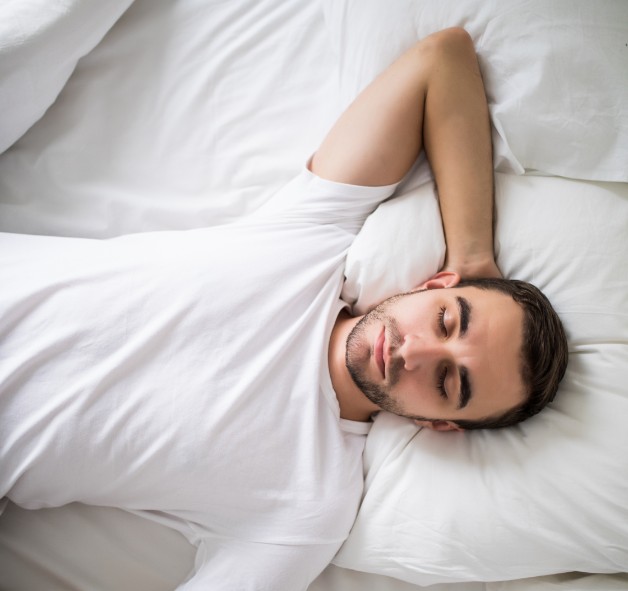You don’t have to RUN RUN RUN, you can
simply “Go-Rest” with Go-Less®
Getting up multiple times at night to go to the bathroom, also known as nocturia, can be a real struggle that impacts not only your quality of sleep but also your quality of life. Nocturia is defined as the need to urinate more than once per night (1). It can disrupt normal sleeping habits because of the worry about having to go at night. Sleep plays an essential role in overall well-being, and sleep deficiency can raise the risk for chronic health problems. (2,3,4)
About 69% of men and 76% of women over the age of 40 report getting up to go to the bathroom at least once per night. Plus, about 80% of elderly people are affected (3,4) and about one-third of adults over the age of 30 make two or more trips to the bathroom each night. (5,6)
Go-Less® is a specially formulated blend of botanical extracts clinically demonstrated to support bladder health. By using Go-Less® participants in clinical studies were able to sleep better with less urination urge frequency through the night.(7)
Getting Better Sleep By Some Behavior Modification:
There are behavioral factors that can improve the quality of sleep during the night, including:
- Drinking too much fluid before bedtime (2, 8)
- Decreasing consumption of alcohol and caffeine before bedtime (1)
- Getting daily exercise that can help you have deeper sleep
- Behavioral patterns (to train the body to wake up during the night to use the bathroom as a routine)

Reference:
- Van Kerrebroeck, et al. Standardisation Sub-committee of the International Continence Society (2002). “The standardisation of terminology in nocturia: Report from the standardisation sub-committee of the International Continence Society”.
Neurourology and Urodynamics. 21 (2): 179–83. - Hetta, J (1999). “The impact of sleep deprivation caused by nocturia”. BJU International. 84 Suppl 1: 27–8.
- Ancoli-Israel, Sonia; Bliwise, Donald L.; Nørgaard, Jens Peter (2011). “The effect of nocturia on sleep”. Sleep Medicine Reviews. 15 (2): 91–7.
- Kobelt, G; Borgström, F; Mattiasson, A (2003). “Productivity, vitality and utility in a group of healthy professionally active individuals with nocturia”. BJU International. 91 (3): 190–5.
- Schatzl, G; Temml, C; Schmidbauer, J; Dolezal, B; Haidinger, G; Madersbacher, S (2000). “Cross-sectional study of nocturia in both sexes: Analysis of a voluntary health screening project”. Urology. 56 (1): 71–5.
- Lundgren, Rolf (2004). “Nocturia: A new perspective on an old symptom”. Scandinavian Journal of Urology and Nephrology. 38 (2): 112–6.
- Shim et al. High effectiveness in key symptoms of female overactive bladder syndrome and top level of patients’ satisfaction J Func Foods 2014





